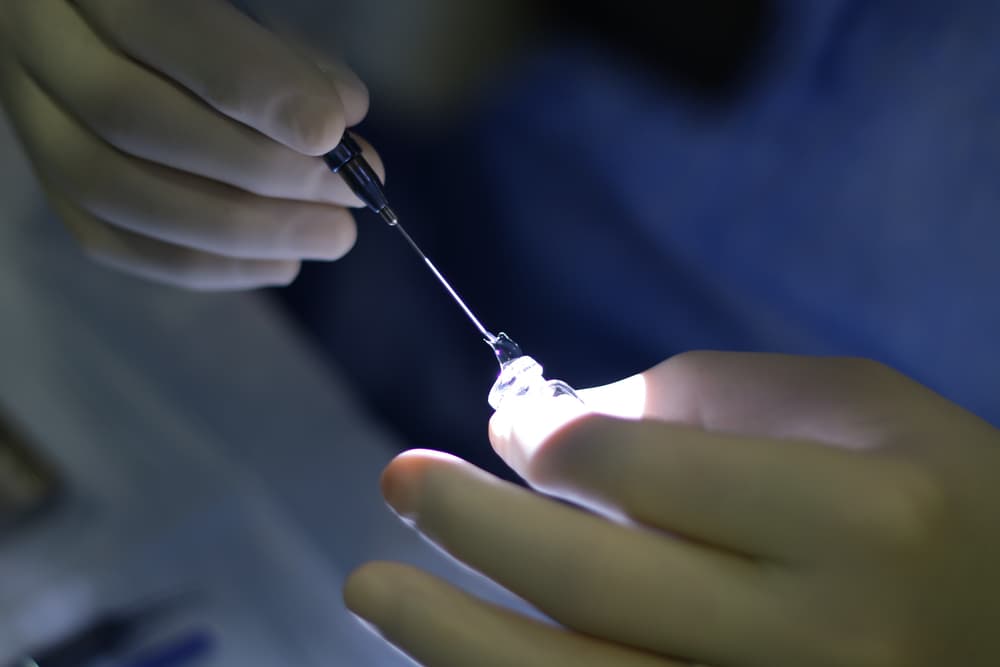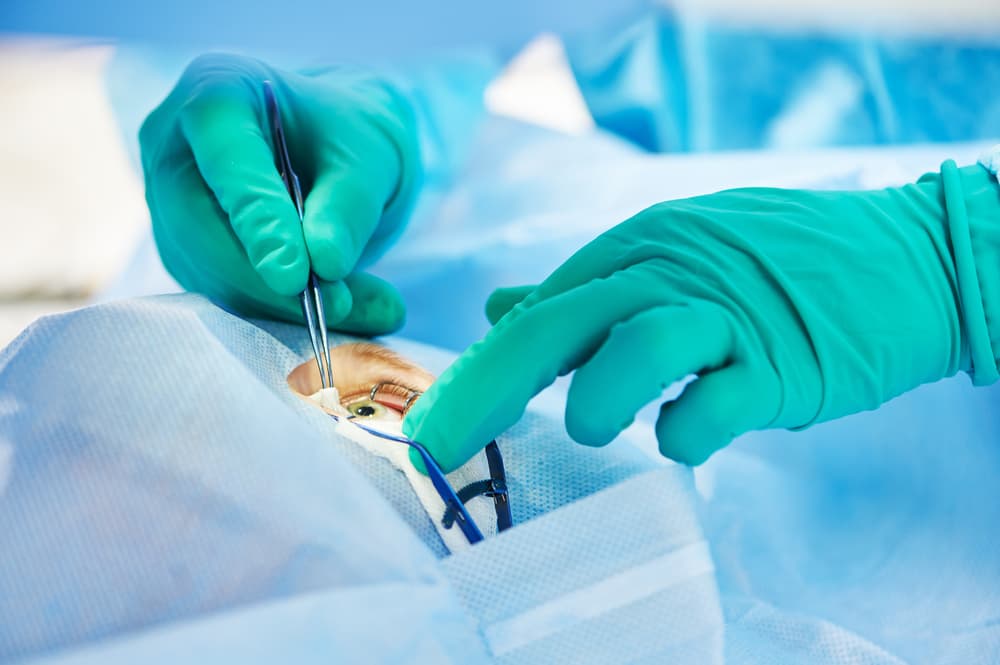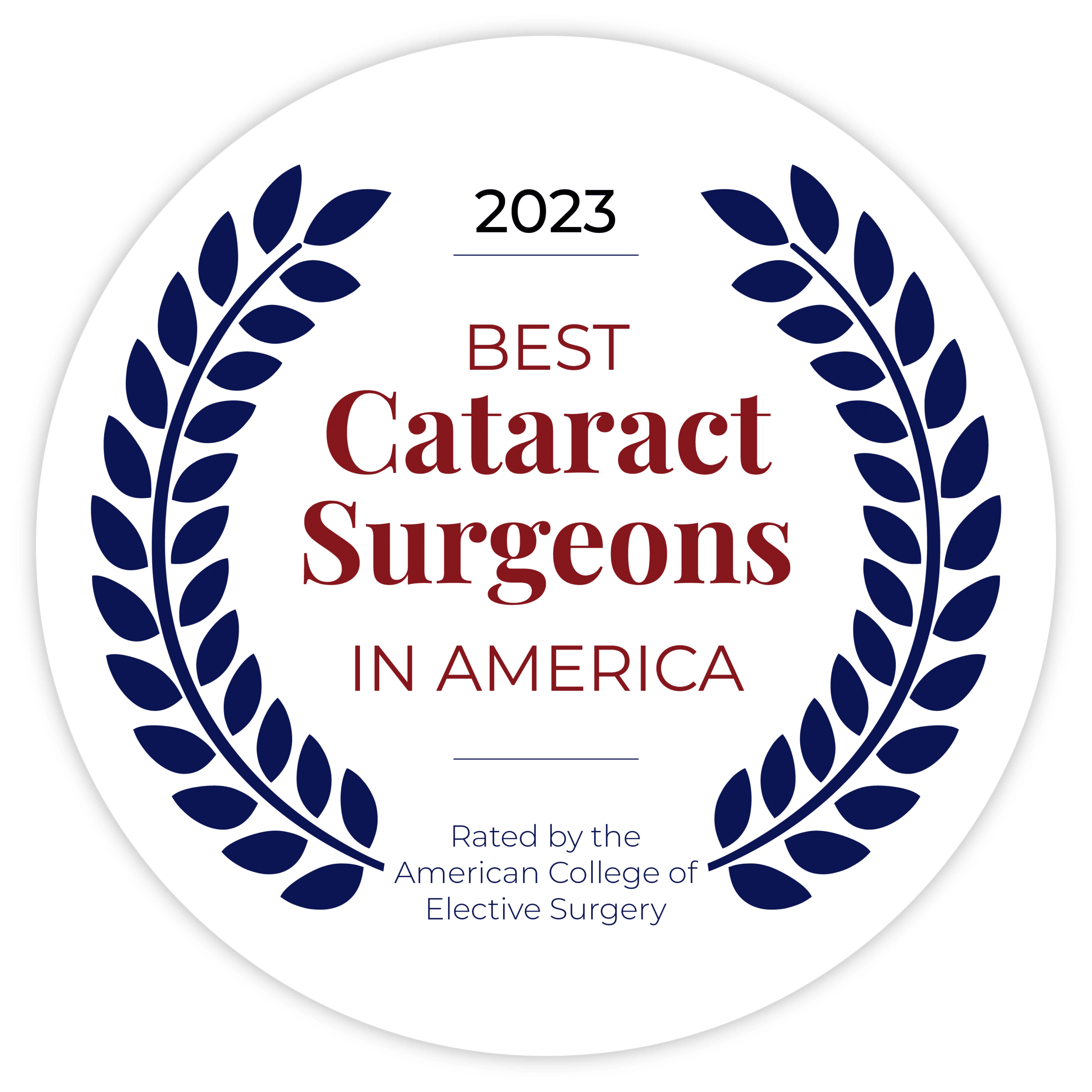Our bodies undergo a series of natural transformations as we age, and our vision is no exception. One of the most common age-related vision changes is a condition called presbyopia. Presbyopia typically becomes noticeable around age 40 and continues to progress over time. While these changes can be frustrating, there is a solution that can help you regain clear vision and reduce your dependence on reading glasses or bifocals.
In this blog, we will explore the relationship between RLE and age-related vision changes and how RLE eye surgery can provide a long-term solution for presbyopia.
Understanding Presbyopia
In order to understand the connection between RLE and age-related vision changes, it’s important first to understand what presbyopia is. Presbyopia is a natural condition that occurs as the lens of our eye loses elasticity with age. This loss of flexibility results in difficulty focusing on objects up close, making tasks such as reading or using a cell phone challenging.
Presbyopia often becomes noticeable in our early to mid-40s and worsens over time. It is estimated that by age 50, most people will experience some degree of presbyopia.
RLE – A Solution for Presbyopia

RLE (Refractive Lens Exchange) is an eye surgery that can provide a long-term solution for presbyopia. RLE removes the natural lens in the eye and replaces it with an artificial intraocular lens (IOL). This IOL is designed to correct vision at all distances, including up close.
By replacing the natural lens with an IOL, RLE can improve presbyopia patients’ vision. And because the artificial lens does not age like our natural lenses, RLE provides a long-term solution that can last a lifetime.
Ideal Candidates for RLE to Correct Presbyopia
Ideal candidates for RLE to correct presbyopia are:
- Over the age of 40 with presbyopia
- Have a stable vision for at least one year
- Have no serious eye conditions, such as cataracts or glaucoma
- Have realistic expectations for the results of surgery
RLE is a good option for people who want to reduce or eliminate their reliance on glasses or contact lenses, especially those with presbyopia and other refractive errors, such as nearsightedness, farsightedness, or astigmatism. RLE can also be a good option for people not candidates for LASIK surgery, such as those with thin corneas or dry eyes.
Here are some additional factors that may make you a good candidate for RLE:
- You are active and enjoy various activities, such as sports, swimming, and travel.
- You have a job requiring good vision at multiple distances, such as a pilot, surgeon, or teacher.
- You have difficulty wearing glasses or contact lenses due to dry eyes, allergies, or other medical conditions.
- You have cataracts and want to correct presbyopia and cataracts with one surgery.
If you are considering RLE to correct presbyopia, you must talk to your eye doctor to see if you are a good candidate. Your eye doctor will perform a comprehensive eye exam and discuss the risks and benefits of surgery with you.
The RLE Procedure for Presbyopia

The RLE procedure is relatively quick and minimally invasive. It typically involves the following steps:
- Consultation: Your eye surgeon will assess your health and discuss your vision goals.
- Preoperative Testing: Detailed measurements of your eyes will be taken to determine the appropriate IOL power and design.
- Surgery: The natural lens is gently removed and replaced with the chosen IOL. This is typically performed one eye at a time, with a short recovery period between procedures.
- Recovery: Most patients experience a rapid improvement in vision after RLE. Full visual recovery may take a few weeks.
After surgery, you must wear an eye patch for a few days. You will also need to use eye drops to prevent infection and inflammation. Your eye doctor will give you instructions on how to care for your eyes after surgery and when to return for follow-up appointments.
Benefits of RLE for Presbyopia
RLE offers numerous advantages for individuals with presbyopia:
- Reduced Dependence on Glasses: RLE can significantly reduce or eliminate the need for reading glasses or bifocals.
- Improved Quality of Life: Clear vision at all distances enhances daily activities and boosts confidence.
- Long-Lasting Results: The artificial lens is designed to last a lifetime.
- Fast Recovery: Most patients experience minimal discomfort and quick visual improvement.
- Customization: IOLs can be tailored to your unique vision needs.
Risks and Considerations
RLE is a safe and effective procedure, but there are some risks associated with any surgery. These risks include infection, inflammation, and bleeding. However, these risks are relatively low.
Other potential risks and considerations associated with RLE include:
- Dry eyes
- Glare and halos
- Need for additional surgery
- Overcorrection or under-correction of vision
Preparing for RLE to Correct Presbyopia

Before RLE surgery, you will need to have a comprehensive eye exam. Your eye doctor will discuss the risks and benefits of surgery with you and help you choose the right type of IOL for your needs.
You will also need to follow certain instructions in the days leading up to surgery, such as avoiding certain medications and activities.
Postoperative Care and Recovery
After RLE surgery, you will need to rest for a few days. You will also need to use eye drops to prevent infection and inflammation. Your eye doctor will give you instructions on how to care for your eyes after surgery and when to return for follow-up appointments.
Lifestyle After RLE for Presbyopia
Most people can resume normal activities within a few days of RLE surgery. However, avoiding strenuous exercise and contact sports for the first few weeks is important. You must also wear sunglasses to protect your eyes from the sun.
Start Your Journey For A Clearer Vision
If you’re experiencing age-related vision changes, such as presbyopia, RLE offers a transformative solution to improve your vision and daily life. Don’t let age-related vision changes hold you back; explore the possibilities of RLE and enjoy the clarity of vision you deserve. Our experienced team at Eye Care Professionals is here to guide you every step of the way, from consultation to postoperative care. Contact us today to learn how RLE can help you regain clear vision and reduce your dependence on reading glasses or bifocals.











